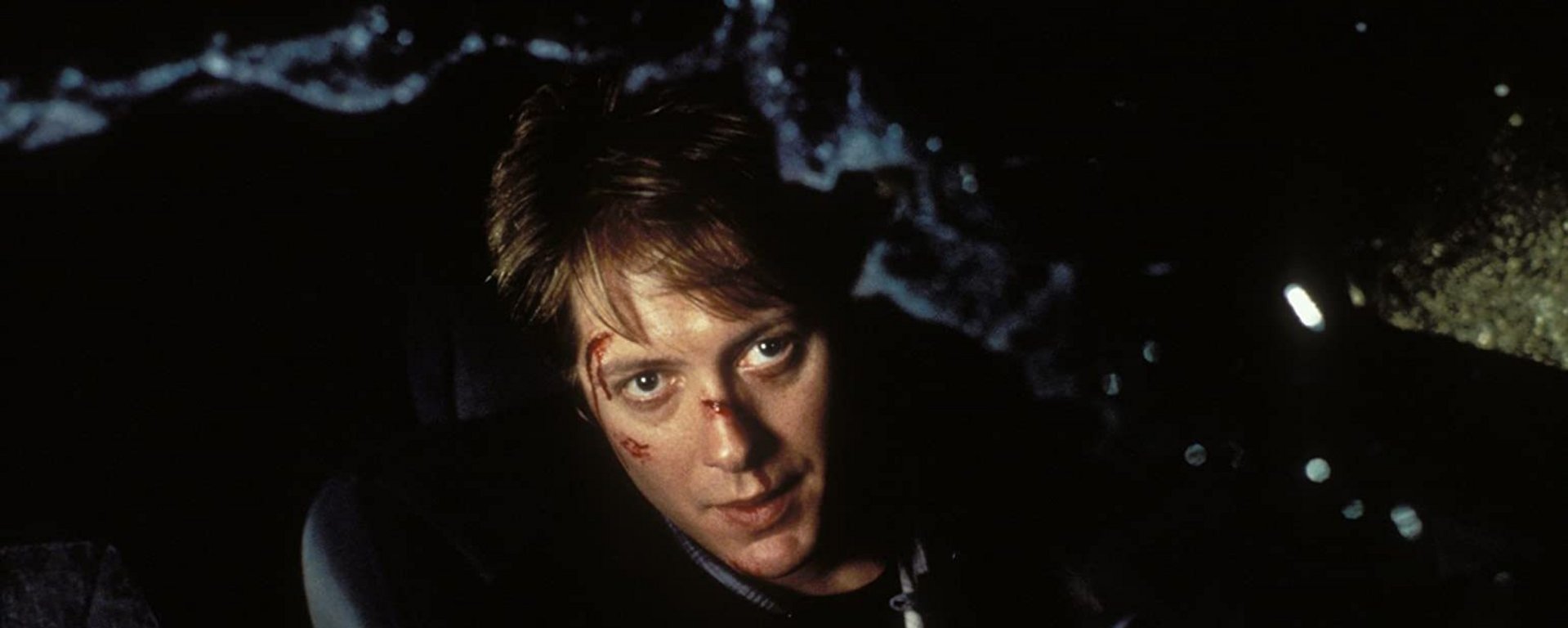
The Criminal Law
The BBFC may not pass any material likely to infringe the criminal law. The key legislation for the BBFC in this area is The Obscene Publications Act 1959 and 1964, The Cinematograph Films (Animals) Act 1937, The Animal Welfare Act 2006 and The Protection of Children Act 1978 as discussed below.
It is illegal to publish a work which is obscene. The Obscene Publications Act (OPA) was extended to include films and videos in 1977. Prior to that, the only legal test applied to films was the more vague test of common law indecency. Under the OPA, a film may be deemed obscene when, taken as a whole, the work has a tendency to 'deprave and corrupt' ‘(ie make morally bad) a significant proportion of those likely to see it. It is important to note that a film must be considered as a whole and that individual scenes must not be judged out of the wider context of the complete work. Even a film that would normally be considered obscene can be shown if 'it is in the interests of science, art, literature, or learning or of other objects of general concern'.
Crash (1996) was accused by its critics of being obscene, but no prosecution was brought. Indeed, a leading QC gave his opinion that the film was not obscene.
This law was passed in response to widespread public concern about the mistreatment of animals on film sets, especially in Westerns. Its intention was to prohibit the exhibition of films that had involved the deliberate infliction of cruelty by film makers, in order to encourage them to use more humane techniques. It is therefore illegal to show any scene ‘organised or directed’ for the purposes of the film that involves actual cruelty to animals. This Act applies to the exhibition of films in public cinemas, but the BBFC also applies the same test to DVD and Blu-ray works. The Act prohibits the exhibition or supply of a film if animals have been cruelly mistreated for the purposes of making the film by:
- the cruel infliction of pain or terror
- the cruel goading of any animal to fury
Cuts made under this legislation most commonly include head-over-heels horse falls, which may break the horse’s neck, and cock-fights orchestrated by the film makers. The Act does not, however, prohibit documentary footage of cruelty, or scenes, even if set up for the film, depicting swift humane killings. The test is one of cruelty rather than killing. For the purposes of this legislation and The Animal Welfare Act 2006, only vertebrates which are domesticated or otherwise under the control of man are defined as ‘animals.
It is illegal to supply, publish, show or possess with intent to supply a video recording of an ‘animal fight’ that has taken place within Great Britain since 6 April 2007.
The Protection of Children Act 1978 (POCA) was passed to prohibit the manufacture, distribution, showing and advertisement of indecent images of children (originally defined as persons under 16 years of age). Existing legislation (such as the Obscene Publications Act) already prohibited the distribution of images of under 16s engaged in sexual acts. However, the OPA was felt to be insufficient to deal with other types of exploitative 'erotic' images of children. Additionally, the OPA concerned itself only with the effect that images might have upon the viewer, rather than the effect that the creation of such images might have on young participants. The intention of POCA was to prevent the exploitation of children for indecent purposes altogether. Unlike the OPA, it did not allow context or other justifications to be taken into account.
Indecency is not defined by the legislation, but case law suggests that it should be taken as something that 'offends the ordinary modesty of the average man'. Mere nudity is not of itself considered indecent unless there is some lewdness involved. A shot of a child in the same frame as adults engaged in sexual activity may also be considered to be indecent. Where the BBFC considers an image may constitute an 'indecent photograph', it will seek to establish the age of the person involved, if there is any doubt, and may also seek expert legal opinion.
In 1988 the law was strengthened further by the Criminal Justice Act, which made the possession of indecent images of children illegal. In 1994, in response to advances in computer technology, the law was further strengthened by the Criminal Justice and Public Order Act, which made illegal the creation, distribution and possession of 'pseudo-photographs' of children.
The Sexual Offences Act 2003 raised the original definition of a child, which was previously a person under 16 years of age, to mean a person under 18 years of age. This change might affect new classifications of content featuring images of persons aged 16 or 17 that the BBFC passed before the Sexual Offences Act came into force.